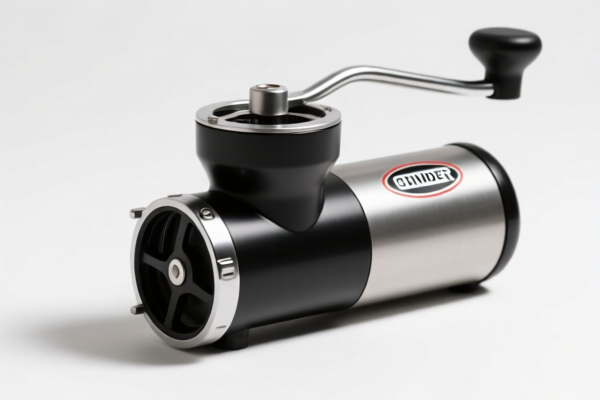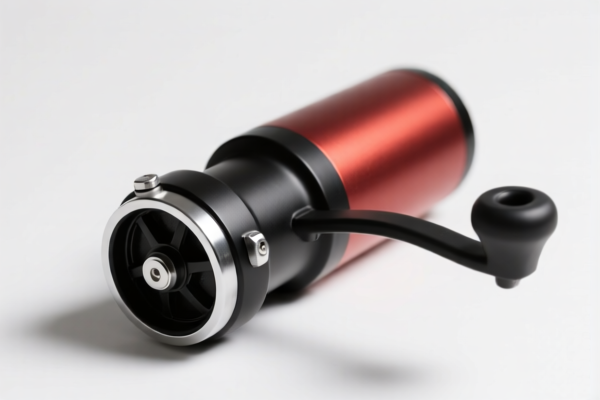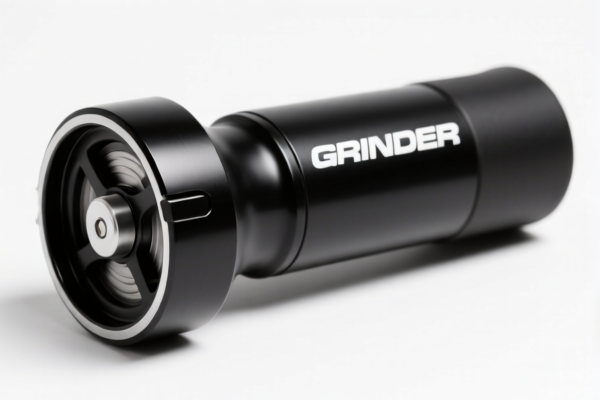| HS Code | Official Doc | Tariff Rate | Origin | Destination | Effective Date |
|---|---|---|---|---|---|
| 8467111040 | Doc | 59.5% | CN | US | 2025-05-12 |
| 8467895090 | Doc | 37.5% | CN | US | 2025-05-12 |
| 8460390020 | Doc | 59.4% | CN | US | 2025-05-12 |
| 8460390050 | Doc | 59.4% | CN | US | 2025-05-12 |
| 8461405020 | Doc | 59.4% | CN | US | 2025-05-12 |
| 8461508090 | Doc | 59.4% | CN | US | 2025-05-12 |
| 8205100000 | Doc | 61.2% | CN | US | 2025-05-12 |
| 8205901000 | Doc | 55.0% | CN | US | 2025-05-12 |
| 8206000000 | Doc | The rate of duty applicable to that article in the set subject t+30.0% | CN | US | 2025-05-12 |
| 8210000000 | Doc | 58.7% | CN | US | 2025-05-12 |
| 9602005080 | Doc | 40.2% | CN | US | 2025-05-12 |
| 9602001080 | Doc | 40.5% | CN | US | 2025-05-12 |
| 3503001000 | Doc | 1.2¢/kg + 1.5%+37.5% | CN | US | 2025-05-12 |
| 3503005550 | Doc | 2.8¢/kg + 3.8%+37.5% | CN | US | 2025-05-12 |
| 9617006000 | Doc | 37.2% | CN | US | 2025-05-12 |




Manual Grinder
A manual grinder is a hand-powered device for grinding various substances, most commonly coffee beans, but also spices, herbs, pepper, and other dry goods. It operates using human force to crush materials between two burrs or crushing surfaces.
Material
Manual grinders are constructed from a variety of materials, each impacting durability, cost, and aesthetics:
- Stainless Steel: Common for both the burrs and the body. Offers good durability, corrosion resistance, and a neutral flavor profile.
- Ceramic Burrs: Produce a consistent grind with minimal heat transfer, preserving flavors. More brittle than steel burrs.
- Carbon Steel Burrs: Known for their sharpness and ability to grind quickly, but susceptible to rust if not properly maintained.
- Wood: Often used for the body or handle, providing a classic aesthetic and comfortable grip.
- Plastic/Acrylic: Used in lower-cost models for the body or components.
Purpose
The primary purpose of a manual grinder is to reduce the size of solid materials into a desired consistency. This is crucial for:
- Coffee Brewing: Grinding coffee beans immediately before brewing maximizes flavor extraction. Different grind sizes are required for different brewing methods.
- Spice Preparation: Freshly ground spices offer a more potent aroma and flavor than pre-ground options.
- Herb Processing: Grinding herbs releases essential oils, enhancing their flavor and fragrance.
Function
Manual grinders function by:
- Hopper: Material is loaded into a hopper at the top of the grinder.
- Burrs/Crushing Mechanism: Rotating a handle turns internal burrs or crushing surfaces.
- Grinding Process: The material is crushed between these surfaces. The distance between the burrs determines the fineness of the grind.
- Grounds Collection: Ground material falls into a collection chamber or container.
Usage Scenarios
Manual grinders are well-suited for:
- Travel: Compact and portable, requiring no electricity.
- Camping/Outdoors: Ideal for remote locations without power access.
- Small Batch Grinding: Grinding small quantities of material as needed.
- Precision Grinding: Allows for greater control over grind size compared to some electric grinders.
- Quiet Operation: Significantly quieter than electric grinders.
Common Types
- Burr Grinders: Utilize two revolving abrasive surfaces (burrs). These are preferred for coffee grinding due to their consistency and ability to produce a uniform particle size. Further categorized as:
- Conical Burr Grinders: Feature a cone-shaped burr.
- Flat Burr Grinders: Utilize two parallel, flat burrs.
- Blade Grinders: Employ a rotating blade to chop material. Less consistent than burr grinders, producing uneven particle sizes and generating heat that can affect flavor. Typically used for spices and herbs.
- Peugeot Mills (Style): Often refer to crank-style grinders with a classic aesthetic, commonly used for pepper and salt. These often utilize a spiral mechanism to feed material between the burrs.
- Hand-held Spice Grinders: Small, portable grinders for grinding spices directly into a dish or container.
Manual grinders fall under several potential classifications depending on their specific features and materials. Here's a breakdown of relevant HS codes based on the provided information:
-
8467111040: This code covers “Tools for working in the hand, pneumatic, hydraulic or with self-contained electric or nonelectric motor, and parts thereof: Pneumatic: Rotary type (including combined rotary-percussion): Suitable for metal working Grinders, polishers and sanders”. While primarily for metalworking, a manual grinder could fall under this if it's designed for metal applications.
- Chapter 84: Covers nuclear reactors, boilers, machinery and mechanical appliances; parts thereof.
- Heading 8467: Specifically addresses tools for working in the hand, pneumatic, hydraulic, or with self-contained motors.
- Subheading 846711: Focuses on pneumatic rotary tools.
- Subheading 8467111040: Further specifies rotary tools suitable for metalworking.
-
8205100000: This code covers “Handtools (including glass cutters) not elsewhere specified or included; blow torches and similar self-contained torches; vises, clamps and the like, other than accessories for and parts of machine tools or water-jet cutting machines; anvils; portable forges; hand- or pedal-operated grinding wheels with frameworks; base metal parts thereof: Drilling, threading or tapping tools, and parts thereof”. If the manual grinder is a general-purpose hand tool not specifically for metalworking, this is a likely classification.
- Chapter 82: Covers tools, implements, cutlery, hand tools, and articles thereof.
- Heading 8205: Specifically addresses handtools not elsewhere specified.
- Subheading 820510: Covers drilling, threading, or tapping tools.
-
8205901000: This code covers “Handtools (including glass cutters) not elsewhere specified or included; blow torches and similar self-contained torches; vises, clamps and the like, other than accessories for and parts of machine tools or water-jet cutting machines; anvils; portable forges; hand- or pedal-operated grinding wheels with frameworks; base metal parts thereof: Other, including sets of articles of two or more subheadings of this heading: Anvils; portable forges; hand- or pedal-operated grinding wheels with frameworks; base metal parts thereof”. If the manual grinder is a general-purpose hand tool and is sold as part of a set, this code may apply.
- Chapter 82: Covers tools, implements, cutlery, hand tools, and articles thereof.
- Heading 8205: Specifically addresses handtools not elsewhere specified.
- Subheading 820590: Covers other handtools, including sets.
- Subheading 8205901000: Further specifies sets of articles.
According to the provided reference material, the HS code options related to 'manual grinder' are limited, with only the following 3 found.
It is important to note that the applicable tariff rates for each HS code are as follows:
- 8467111040: Total tax rate of 59.5%.
- 8205100000: Total tax rate of 61.2%.
- 8205901000: Total tax rate of 55.0%.
Customer Reviews
No reviews yet.